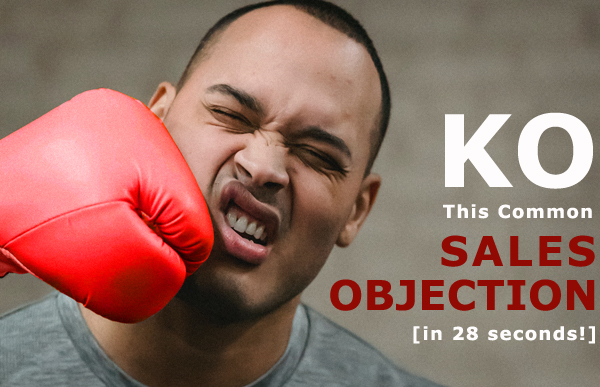
You’ve heard this sales objection, right?
It’s the number one, most commonly heard sales objection.
You go through your whole sales presentation, your pitch, and they say…
“I’ll have to think about it.”
Ugh! That’s so annoying.
“I just told you everything you need to know. What’s there to think about!”
That’s what you want to scream. But you don’t.
So what do you do? What should you do?
I saw a brilliant video today by Alex Hormozi where he just knocks this objection out cold. In less than 28 seconds!
I’ll put the link to the video below, but here’s the jist…
You quickly say, sincerely, to your prospect,
“No problem. Do you need two or three days, or two or three months to think about it?”
The goal is to get them looking at you weird. Like, what are you crazy?
And then you acknowledge the craziness by saying,
“Right, of course. At the end of the day you’re going to make your decision
on three things, so why don’t we address them now.”
What are those three levers upon which the sale hinges?
- Me – Do you not like or trust me?
- Product – Do you not believe the product will deliver as promised or that it represents a fair exchange of value for the cost?
- Company – Do you not believe the company will last or honor their commitments?
There is no point in letting the customer go off to “think about it”.
No data from outside your conversation now can be more helpful. Rather, it will likely dissuade them from making a decision in your favor. Think about it – means no sale.
Alex presents a great hack for knocking out this common commitment delay in person.
But what about us writers? We don’t have the benefit of face time.
As a writer, we must then be certain to address these objections within our copy.
If they ever get to the end of our salesletter and think, “That’s cool, maybe I’ll buy this later.”
We’re done. No sale. They will NOT BUY it later because no new compelling information is going to fall from the sky to convince them.
This is where the whole long copy vs. short copy argument becomes stupid.
I think it was Eugene Schwartz who made the argument that length is irrelevant. You must tell the whole story in your copy. Address every possible objection. You have no other chance to make the sale.
They must be so excited to buy before the end of your salesletter, that they already have their credit card in hand before they finish reading that last line or word.
“I’ll have to think about” is an indication we have more work to do NOW. Before they leave.
“I’ll have to think about it” means NO SALE. Keep talking, keep selling. Ask questions. Discover and eliminate doubts.
They need more information. And we must give it now.
Now is the only chance we have to make the sale. Or at least get the commitment.
If any doubt remains in the prospect’s mind about any of the three critical items above, a solid risk reversal or guarantee policy can often get the sale to proceed conditionally.
Click here to see Alex KO this common objection in less than 28 seconds.
You win the sale, and your customer gets the best opportunity to solve their problem, once you’ve answered all their questions and eliminated any doubt.
The big three doubts are: You. The Product. The Company
When you cover these three sources of concern in your written or spoken presentations you are well on your way to better sales.
May you win many more sales using this potent knock out punch!
Bob Schwarztrauber
P.S. This is why publishing your own book has so many advantages. You can tell the whole story. Address every issue. Build confidence in the reader as he or she gets to really know you, like you, and trust you. Your book gives you the opportunity to not only communicate with prospects, but to connect with them. Need help with writing? Email me: bob@writeforwealthclub

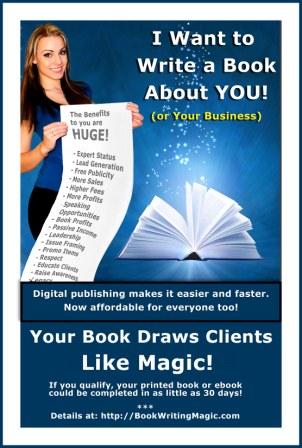
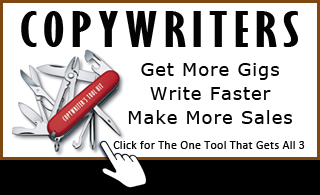
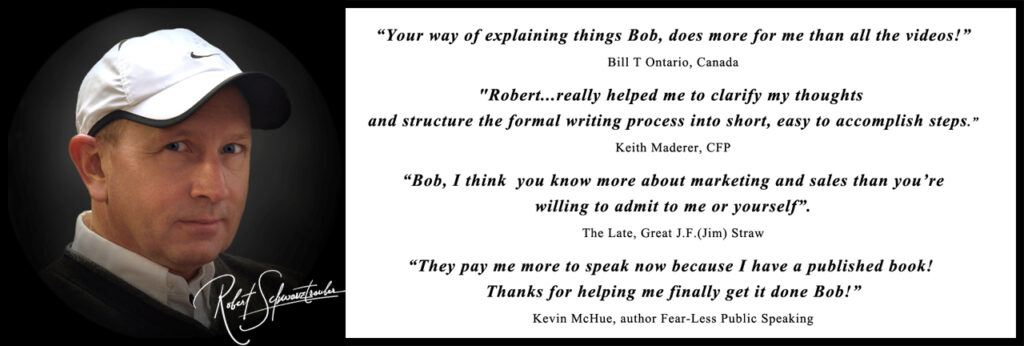
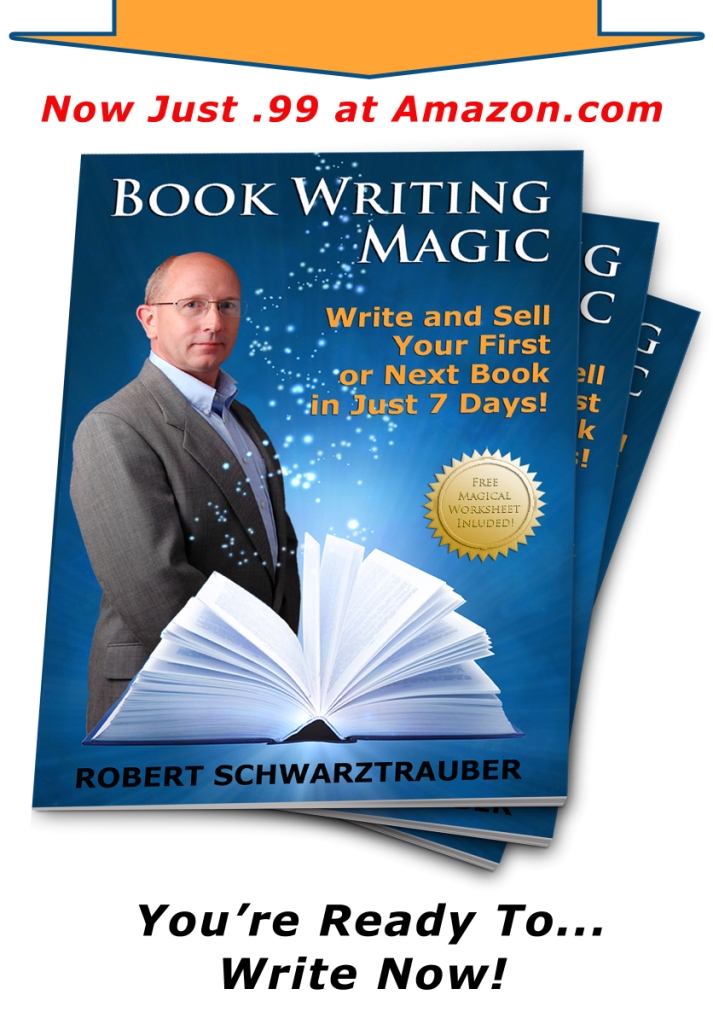
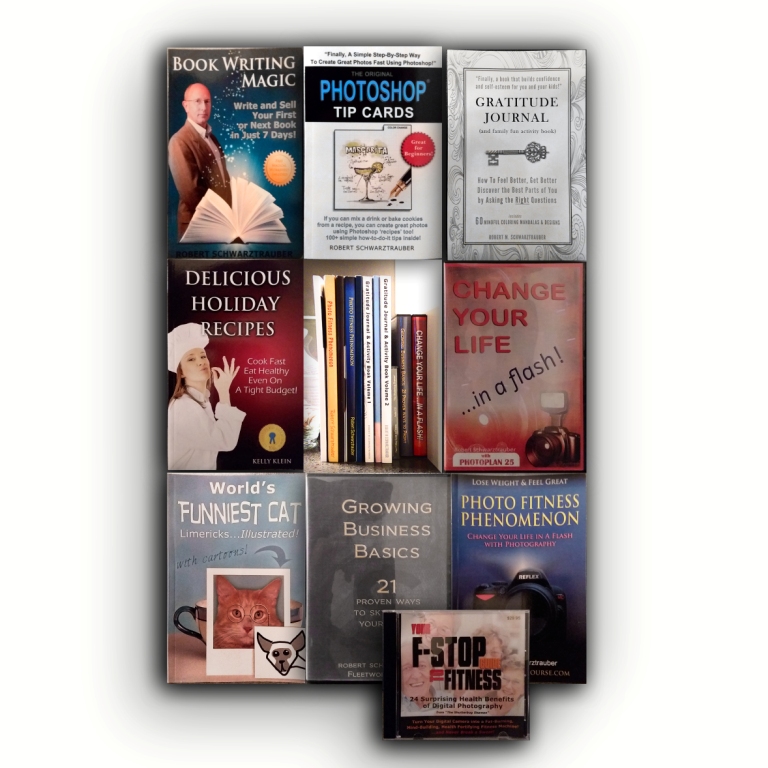
Leave a Reply